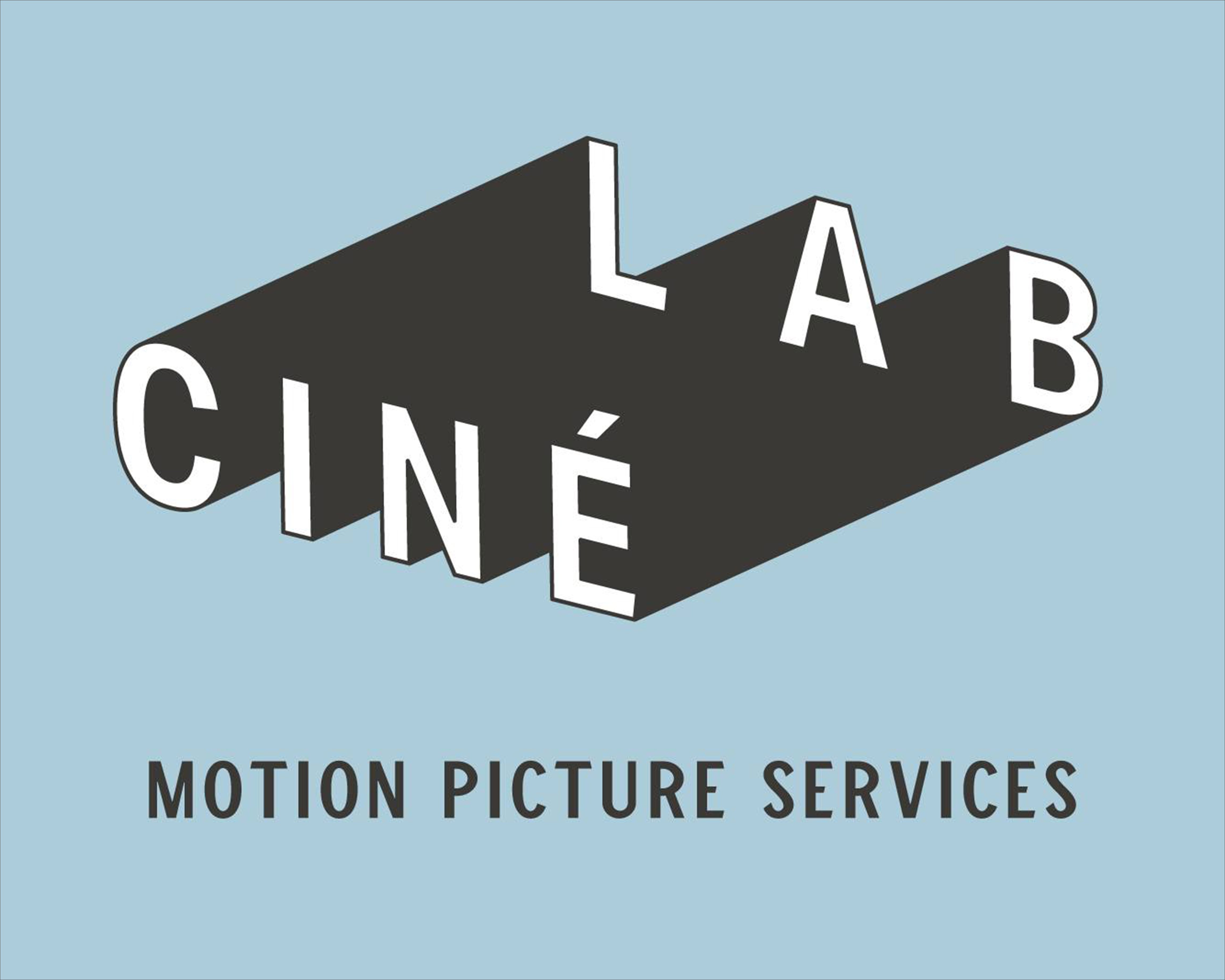Maura N.
The Last Black Unicorn
Creating comedy short films is a fun and rewarding way to bring laughter to your audience. Whether you're just starting out or have some experience, here are 10 simple tips to help you make your comedy short film a hit:
For instance, imagine a comedy short film that revolves around a character preparing for a job interview. Most people have experienced the nervousness and amusing blunders that come with job interviews. By portraying this relatable situation in a lighthearted and exaggerated way, you can immediately connect with your audience's own experiences and tickle their funny bones.
Consider a comedy short film set in a college library during exam week. Picture a protagonist who is an overly cautious rule-follower and a secondary character who is an overly confident slacker. By magnifying these personality traits, the interactions between these characters can turn mundane library activities, like finding a quiet spot to study, into a sidesplitting series of clashes and comedic mishaps.
Imagine a comedy short film centred around a group of friends trying to plan a surprise party. As they exchange rapid-fire dialogue filled with humorous misunderstandings, double meanings, and clever wordplay, the comedic tension escalates. Their snappy banter not only highlights their distinct personalities but also keeps the audience engaged, eagerly anticipating each verbal twist that leads to hilarious outcomes.
Picture a comedy short film set in a busy café. One of the characters accidentally spills a drink, leading to a chain reaction of mishaps where trays of food topple, chairs collapse, and customers unintentionally get caught up in the chaos. This sequence of physical comedy doesn't require elaborate dialogue but relies on the actions and reactions of the characters and the absurdity of the situation. Such visual gags add a universal layer of amusement that transcends language barriers and resonates with viewers of all backgrounds.
Imagine a comedy short film about a chef entering a cooking competition. As the competition unfolds, it's revealed that the chef has a pet chicken that offers cooking advice through a series of hilarious gestures and actions. This unexpected twist takes the story in an entirely new direction, subverting the traditional cooking competition narrative and injecting a refreshing dose of absurdity. By introducing such unexpected elements, you keep your audience engaged and delighted, making their laughter all the more genuine.
Consider a comedy short film where two characters are engaged in a rapid-fire argument. Rather than having them interrupt each other hastily, strategically insert short pauses between their retorts. These pauses not only emphasize the absurdity of their disagreement but also give the audience a chance to absorb the humour of each statement. This deliberate pacing allows the humour to resonate more deeply, generating genuine laughs and ensuring that the comedic exchange remains engaging and impactful.
Imagine a comedy short film revolving around a surprise birthday party. The protagonist mistakenly believes the party is for them and delivers an impromptu thank-you speech, only to realize their error when the actual birthday person arrives. The ensuing awkward silence, filled with fumbling apologies and puzzled looks, heightens the comedic tension. By fully leaning into the awkwardness of the situation, you amplify the humour and make it relatable to anyone who has experienced a social mishap.
Envision a comedy short film where a character receives an unexpected gift – a tiny puppy in a gigantic box. As they open the box, their astonishment escalates into a flurry of exaggerated reactions: widened eyes, jaw drops, and even comical dance moves out of sheer excitement. By accentuating these reactions, you transform a simple gift-receiving moment into a hilarious spectacle, engaging the audience's emotions and tickling their funny bone. These over-the-top gestures can transform ordinary scenes into uproarious comedic highlights.
Imagine a comedy short film centred around a character's attempts to assemble a piece of furniture. Instead of complicating the storyline with multiple subplots, keep the focus solely on the humorous challenges they encounter while trying to decipher the assembly instructions. By keeping the plot streamlined, you allow the comedic theme to shine through clearly. This approach enables the audience to fully grasp and appreciate the humour without being bogged down by unnecessary details, resulting in a snappy and memorable comedic experience.
Consider a comedy short film involving a case of mistaken identity at a costume party. After creating the film, gather a group of friends and screen it for them. Observe their laughter and note which moments receive the most positive responses. If you notice that a particular scene isn't generating the expected laughs, it's a sign to revisit and tweak that segment for better comedic impact. By involving others and being open to adjustments, you ensure that your film resonates with its audience, evoking genuine amusement and leaving a lasting impression.
With these 10 tips in your toolbox, you're on track to craft comedy short films that will not only have your audience laughing out loud but also leave a lasting imprint. And as you embark on this creative journey, don't forget that the key is to have fun and let your imagination run wild. So, here's to joyful and successful filmmaking ahead!
1. Choose Relatable Situations
Pick everyday situations that people can easily relate to, like awkward first dates or funny workplace moments. Relatable situations make your humour more accessible.For instance, imagine a comedy short film that revolves around a character preparing for a job interview. Most people have experienced the nervousness and amusing blunders that come with job interviews. By portraying this relatable situation in a lighthearted and exaggerated way, you can immediately connect with your audience's own experiences and tickle their funny bones.
2. Strong Characters
Create characters with distinct personalities. Exaggerate their traits to make them stand out and add to the humour. A mix of quirky characters can lead to hilarious interactions.Consider a comedy short film set in a college library during exam week. Picture a protagonist who is an overly cautious rule-follower and a secondary character who is an overly confident slacker. By magnifying these personality traits, the interactions between these characters can turn mundane library activities, like finding a quiet spot to study, into a sidesplitting series of clashes and comedic mishaps.
3. Snappy Dialogue
Keep the dialogue sharp and witty. Use short sentences and playful language to enhance comedic timing. Well-timed punchlines can get big laughs.Imagine a comedy short film centred around a group of friends trying to plan a surprise party. As they exchange rapid-fire dialogue filled with humorous misunderstandings, double meanings, and clever wordplay, the comedic tension escalates. Their snappy banter not only highlights their distinct personalities but also keeps the audience engaged, eagerly anticipating each verbal twist that leads to hilarious outcomes.
4. Visual Gags
Incorporate visual gags that don't rely on words. Slapstick humour and unexpected visual elements can make your audience burst into laughter.Picture a comedy short film set in a busy café. One of the characters accidentally spills a drink, leading to a chain reaction of mishaps where trays of food topple, chairs collapse, and customers unintentionally get caught up in the chaos. This sequence of physical comedy doesn't require elaborate dialogue but relies on the actions and reactions of the characters and the absurdity of the situation. Such visual gags add a universal layer of amusement that transcends language barriers and resonates with viewers of all backgrounds.
5. Surprise Twists
Introduce unexpected twists in the plot. Turn situations upside down, creating comic surprises that catch viewers off guard.Imagine a comedy short film about a chef entering a cooking competition. As the competition unfolds, it's revealed that the chef has a pet chicken that offers cooking advice through a series of hilarious gestures and actions. This unexpected twist takes the story in an entirely new direction, subverting the traditional cooking competition narrative and injecting a refreshing dose of absurdity. By introducing such unexpected elements, you keep your audience engaged and delighted, making their laughter all the more genuine.
6. Timing is Key
Comedy is all about timing. Give your actors the space to deliver their lines with pauses for maximum impact. Good timing enhances the humour.Consider a comedy short film where two characters are engaged in a rapid-fire argument. Rather than having them interrupt each other hastily, strategically insert short pauses between their retorts. These pauses not only emphasize the absurdity of their disagreement but also give the audience a chance to absorb the humour of each statement. This deliberate pacing allows the humour to resonate more deeply, generating genuine laughs and ensuring that the comedic exchange remains engaging and impactful.
7. Embrace Awkwardness
Awkward moments are a goldmine for comedy. Use pauses, misunderstandings, and uncomfortable situations to create humorous tension.Imagine a comedy short film revolving around a surprise birthday party. The protagonist mistakenly believes the party is for them and delivers an impromptu thank-you speech, only to realize their error when the actual birthday person arrives. The ensuing awkward silence, filled with fumbling apologies and puzzled looks, heightens the comedic tension. By fully leaning into the awkwardness of the situation, you amplify the humour and make it relatable to anyone who has experienced a social mishap.
8. Play with Reactions
Capture exaggerated reactions from characters. Over-the-top facial expressions and body language can magnify the humour of a scene.Envision a comedy short film where a character receives an unexpected gift – a tiny puppy in a gigantic box. As they open the box, their astonishment escalates into a flurry of exaggerated reactions: widened eyes, jaw drops, and even comical dance moves out of sheer excitement. By accentuating these reactions, you transform a simple gift-receiving moment into a hilarious spectacle, engaging the audience's emotions and tickling their funny bone. These over-the-top gestures can transform ordinary scenes into uproarious comedic highlights.
9. Keep it Short and Sweet
Short films should be concise. Focus on a single comedic idea to avoid diluting the humour. A clear, simple concept works best.Imagine a comedy short film centred around a character's attempts to assemble a piece of furniture. Instead of complicating the storyline with multiple subplots, keep the focus solely on the humorous challenges they encounter while trying to decipher the assembly instructions. By keeping the plot streamlined, you allow the comedic theme to shine through clearly. This approach enables the audience to fully grasp and appreciate the humour without being bogged down by unnecessary details, resulting in a snappy and memorable comedic experience.
10. Test and Refine
Show your film to friends or peers and gauge their reactions. Listen to feedback and make necessary adjustments to enhance the humour.Consider a comedy short film involving a case of mistaken identity at a costume party. After creating the film, gather a group of friends and screen it for them. Observe their laughter and note which moments receive the most positive responses. If you notice that a particular scene isn't generating the expected laughs, it's a sign to revisit and tweak that segment for better comedic impact. By involving others and being open to adjustments, you ensure that your film resonates with its audience, evoking genuine amusement and leaving a lasting impression.
With these 10 tips in your toolbox, you're on track to craft comedy short films that will not only have your audience laughing out loud but also leave a lasting imprint. And as you embark on this creative journey, don't forget that the key is to have fun and let your imagination run wild. So, here's to joyful and successful filmmaking ahead!





